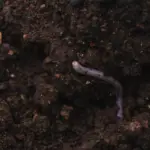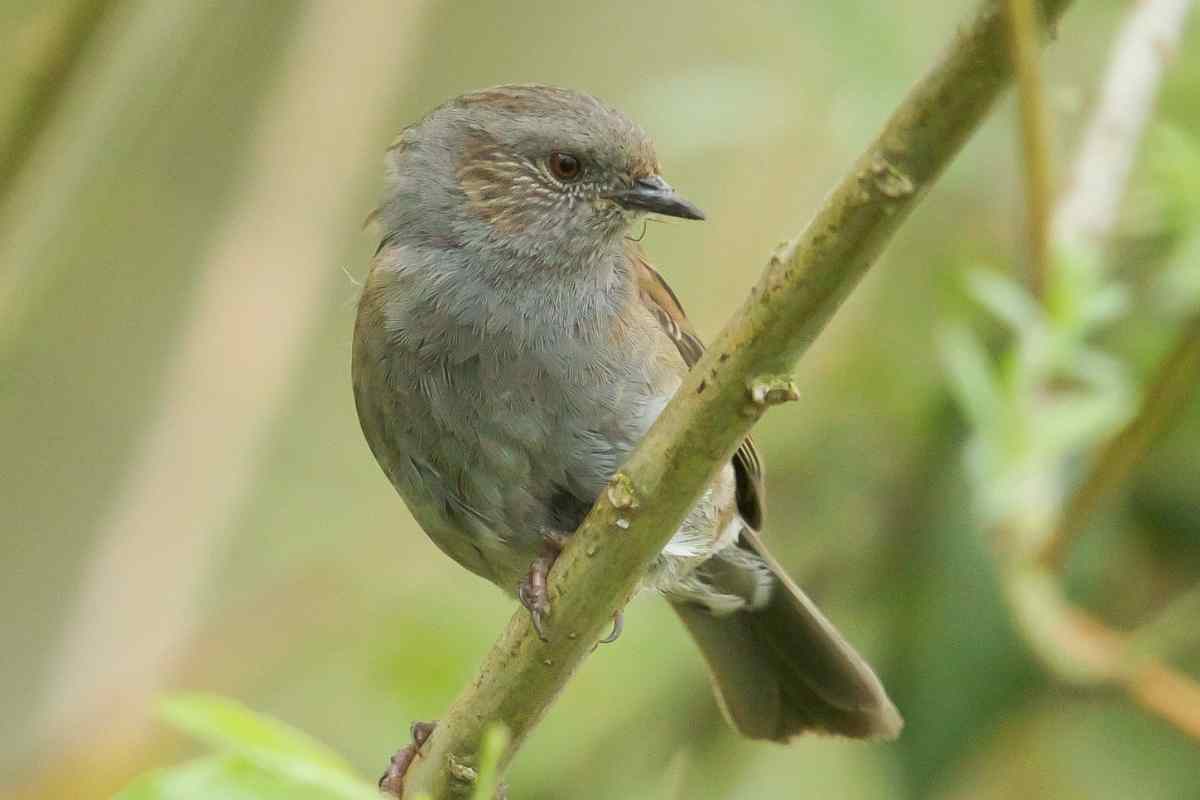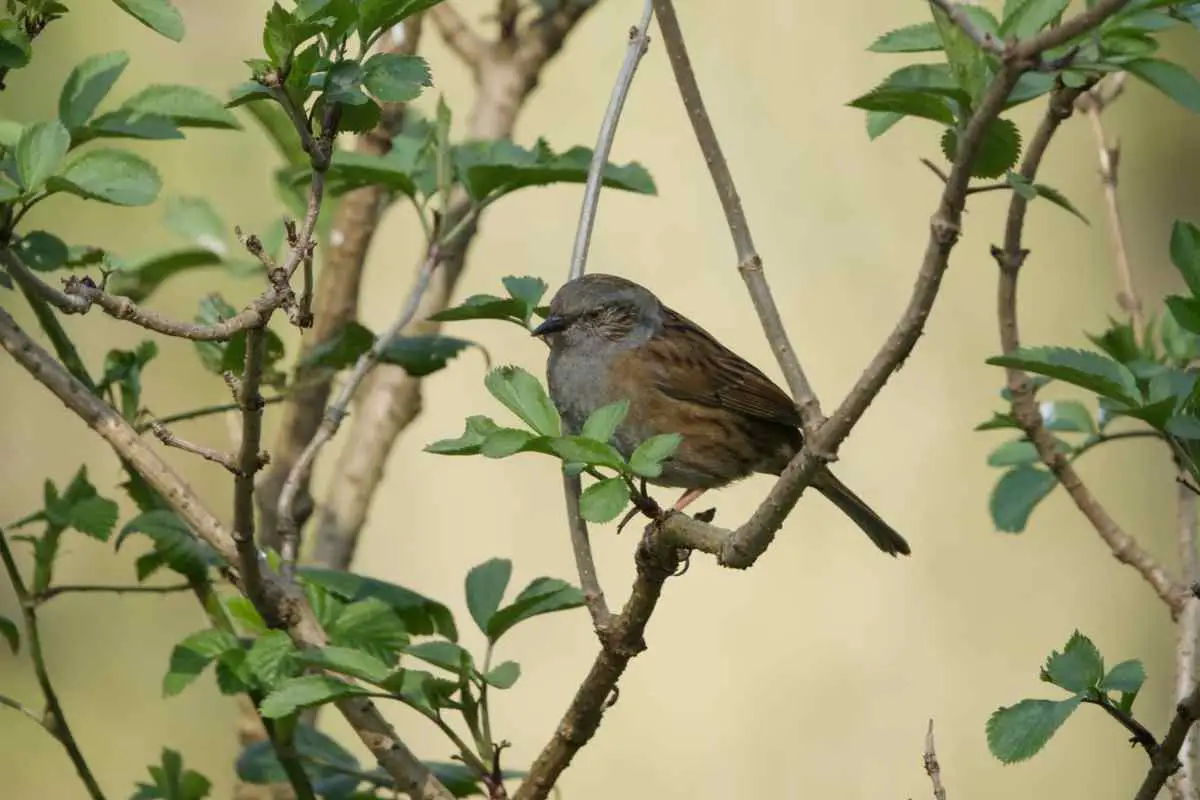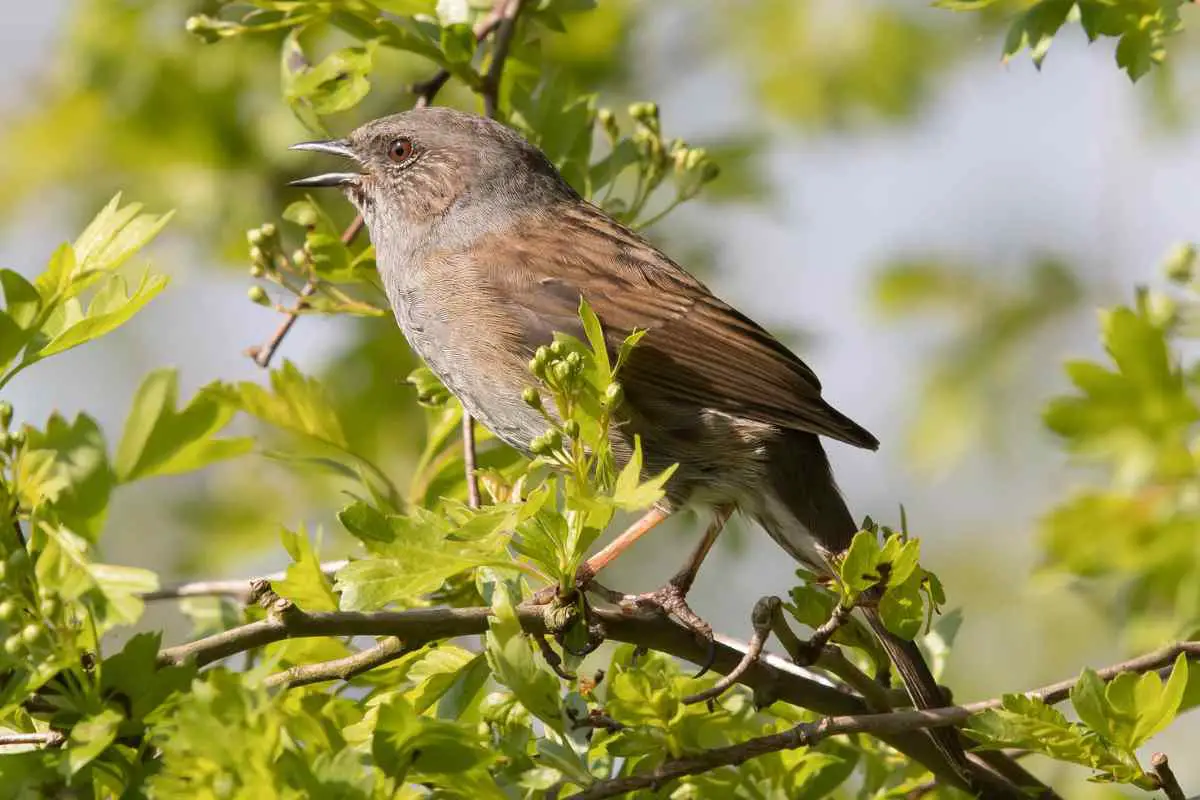Crickets in the roof can be a nuisance for homeowners. These small insects can make their way into the roof, and once there, they can cause a variety of problems.
For instance, crickets can lay many eggs inside the roof, resulting in an infestation that can be difficult to control.
Additionally, crickets can create noise that can be heard throughout the house, which can be especially bothersome at night.
Fortunately, there are ways to prevent and remove crickets from the roof. One effective method is to use a high-efficiency particulate air filter vacuum cleaner.
These powerful machines can pull eggs from hard-to-reach areas, such as roof cracks, and prevent an uncontrollable invasion.
In some cases, it may also be necessary to use insecticides to eliminate crickets from the roof. Homeowners should be sure to follow all safety precautions and use these products only as directed.
Table of Contents
What Causes Crickets In Roofs?
Crickets in the roof can be caused by various factors. Here are some of the common causes:
1. Weather Conditions
Crickets are attracted to warm and humid environments. During the summer season, the temperature and humidity inside the roof can increase, making it an ideal breeding ground for crickets.
This is especially true in areas where the weather is hot and humid. Crickets can also be attracted to the roof during rainy seasons when there is a lot of moisture in the air.
2. Roof Structure
The structure of the roof can also contribute to the presence of crickets. Crickets can easily enter the roof through cracks and gaps in the roof structure.
They can also enter through vents, chimneys, and other openings.
Flat roofs are particularly susceptible to cricket infestations. This is because they do not have a steep slope that allows water to run off easily.
As a result, water can accumulate on the roof, creating a damp environment that is conducive to cricket breeding.
In addition, roofs with valleys can also attract crickets. Valleys are areas where two roof planes meet at an angle. These areas can collect debris, leaves, and other materials that can attract crickets.
To prevent cricket infestations, it is important to maintain the roof structure and ensure that there are no cracks or gaps that can allow crickets to enter.
Regular roof inspections can help identify and address any potential issues before they become major problems.
What Effects Crickets In Roofs?
Crickets in the roof can cause several issues, including noise disturbance and damage to the roof.
1. Noise Disturbance
Crickets are known for their chirping, which can be a nuisance for homeowners. The sound can be particularly bothersome during the night when trying to sleep.
The noise can also be heard throughout the house, making it difficult to concentrate on tasks or engage in conversations.
2. Damage to Roof
Crickets can cause damage to the roof by chewing on wood, insulation, and other materials. This can weaken the roof’s structure, making it more vulnerable to leaks and other issues.
Additionally, cricket droppings can accumulate on the roof, causing discoloration and potential damage to the shingles.
It is essential to address a cricket infestation promptly to prevent further damage to the roof and minimize noise disturbance.
Homeowners can take several measures to prevent and eliminate crickets, including sealing gaps and cracks in the roof, using insecticides, and installing traps.
In conclusion, crickets in the roof can cause several issues, including noise disturbance and damage to the roof.
Homeowners must take measures to prevent and eliminate cricket infestations to avoid further damage to the roof and minimize noise disturbance.
How To Prevent Crickets In Roof?
Preventing cricket infestations in the roof is the best way to avoid the headache of removing them. Here are some steps to take to prevent crickets from entering the roof.
1. Regular roof maintenance
Regular roof maintenance is crucial in preventing cricket infestations. Ensure that the roof is in good condition and that there are no cracks, holes, or other openings that could provide access to crickets.
Regularly inspect the roof for signs of damage and repair any issues promptly.
2. Sealing potential entry points
Sealing potential entry points is another effective way to prevent crickets from entering the roof. Seal any cracks or holes in the roof, walls, and foundation with caulk or sealant.
Also, ensure that all windows and doors are adequately sealed. This will not only prevent crickets from entering but also other pests such as rodents and insects.
In addition to sealing potential entry points, it is essential to keep the surrounding area clean and free of debris.
Remove any clutter, such as piles of wood or leaves, that could attract crickets. Regularly clean gutters and downspouts to prevent water from accumulating, as crickets are attracted to moist environments.
By following these simple steps, homeowners can prevent cricket infestations in the roof and avoid the hassle of removing them.
How To Remove Crickets In Roof?
When it comes to removing crickets from the roof, there are two main options: professional pest control and DIY methods.
1. Professional Pest Control
Hiring a professional pest control service is a reliable way to remove crickets from the roof. A pest control expert can identify the type of cricket and determine the best course of action to remove them.
They have access to specialized tools and treatments that are not available to the general public.
A professional pest control service can also provide long-term solutions to prevent crickets from returning.
They can seal up entry points and provide ongoing monitoring to ensure the crickets do not come back. However, this option can be expensive and may not be necessary for minor infestations.
2. DIY Methods
There are several DIY methods that can be used to remove crickets from the roof. One effective method is to use sticky traps.
These traps are easy to set up and can be placed in areas where crickets are known to gather. The sticky surface will trap the crickets, preventing them from moving around and causing damage.
Another option is to use insecticides. Insecticides can be sprayed directly on the crickets or applied to areas where they are known to gather.
However, it’s important to use caution when handling insecticides, as they can be toxic to humans and pets.
A more natural approach is to use essential oils. Certain oils, such as peppermint and lavender, are known to repel crickets.
These oils can be applied to cotton balls and placed in areas where crickets are known to gather.
Overall, removing crickets from the roof can be a challenging task. Hiring a professional pest control service is the most reliable option, but DIY methods can also be effective for minor infestations.
Conclusion
In conclusion, the presence of crickets in the roof can be both a nuisance and a potential indication of underlying issues.
While crickets are generally harmless creatures, their constant chirping and activity can disrupt the peace and quiet of a home.
Furthermore, their presence in the roof may suggest structural vulnerabilities or entry points that need to be addressed to prevent further pest infestations.
- How to Build a Planter Box for Bamboo: A Step-by-Step Guide

- Can Robotic Lawnmowers Handle Steep Slopes?

- Do You Need a Specific Lawn for a Robotic Lawnmower? Expert Advice

- Are Robotic Lawnmowers Safe for Pets and Children? Safety Features of Robotic Lawnmowers

- Why Use Robotic Lawnmowers? Advantages of Using a Robotic Lawnmower

- Is the GARDENA SILENO City 300 Cordless or Corded? A Clear Answer














